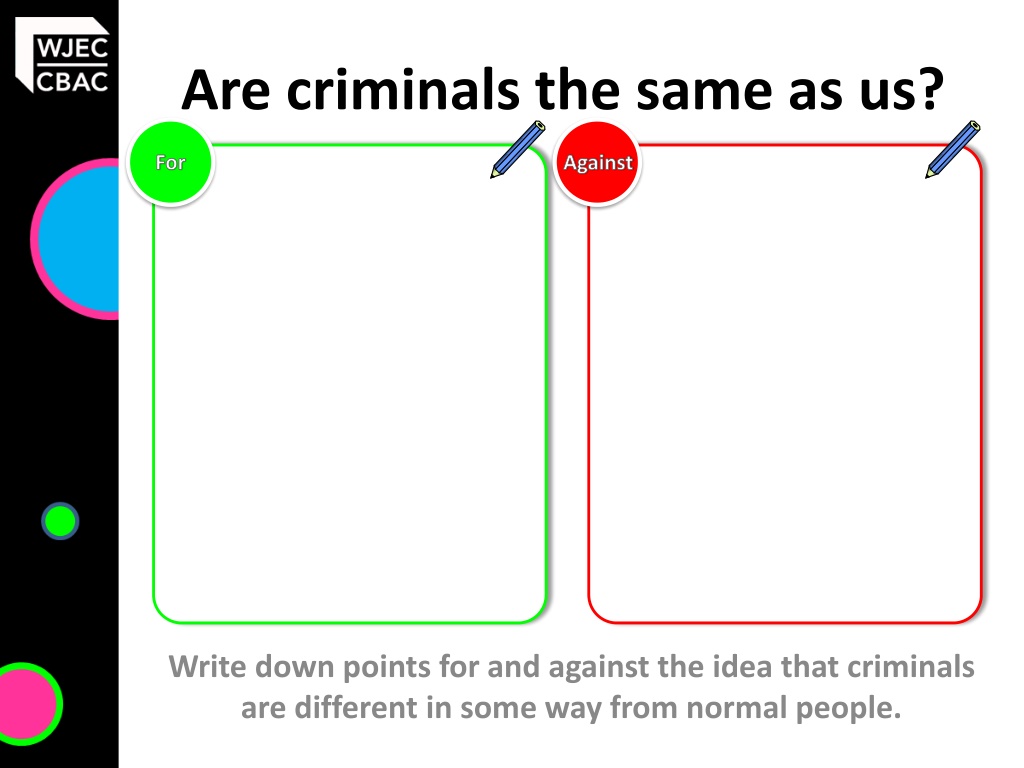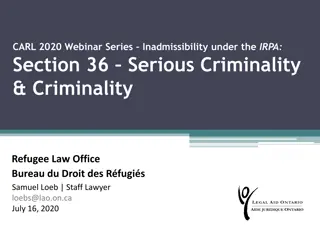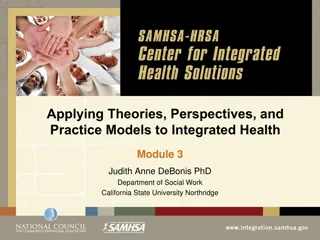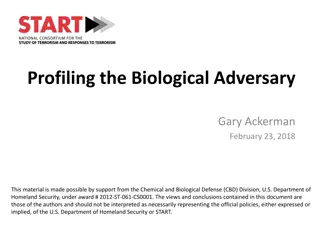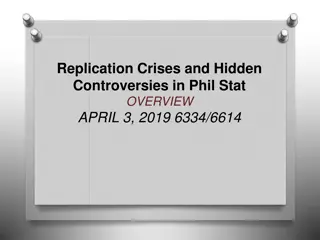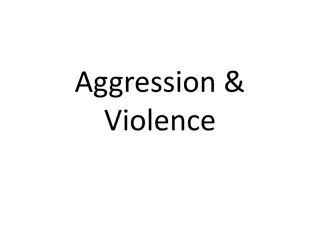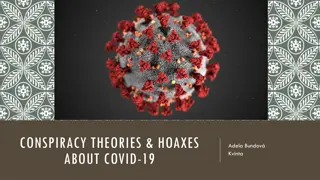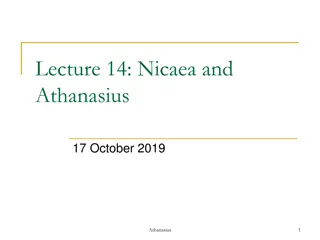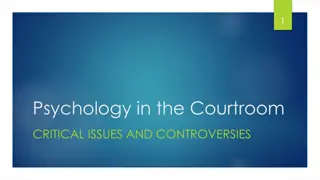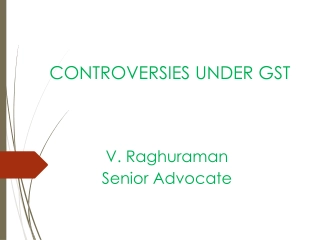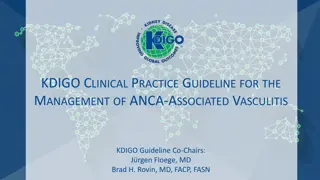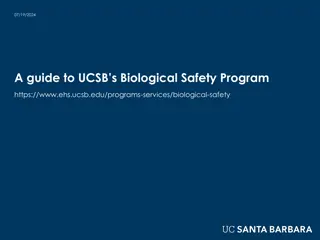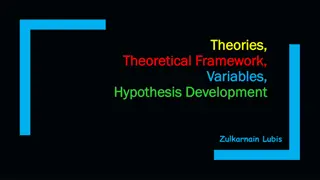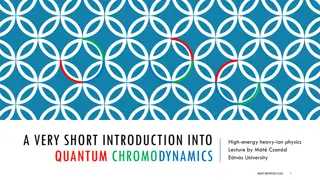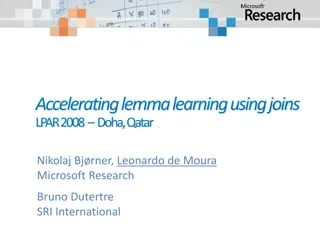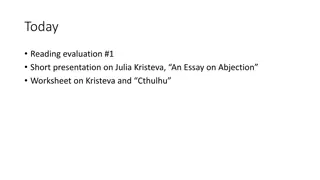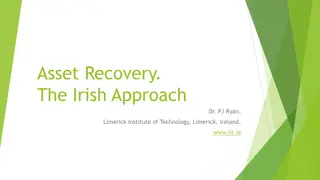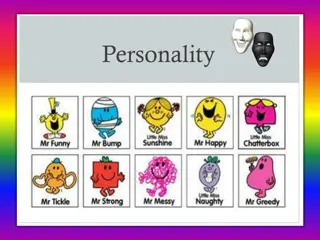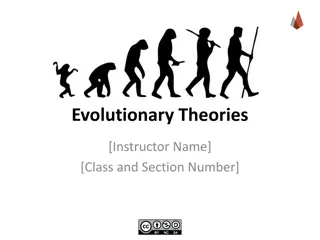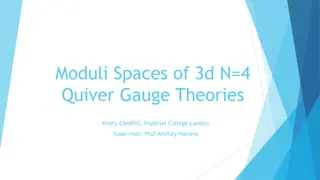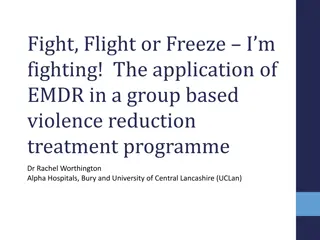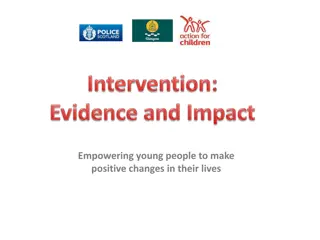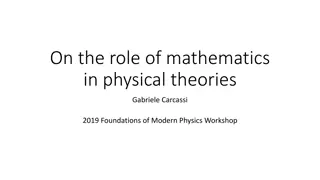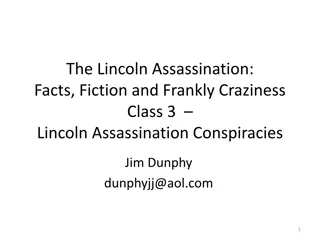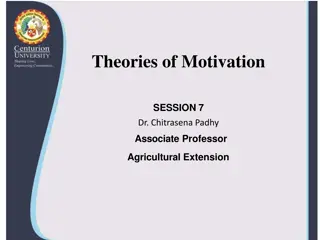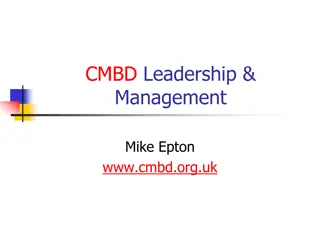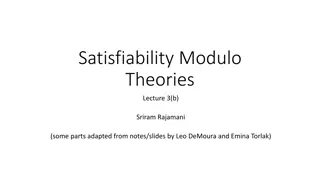Exploring Biological Theories of Criminality: Insights and Controversies
Delve into the debate on whether criminals differ from the general population, examining biological theories of criminality and key figures like Johan Casper Lavater and Cesare Lombroso. Explore assumptions that physical characteristics and genetic factors may predispose individuals to criminal behavior, sparking discussions on nature versus nurture in criminal psychology.
Download Presentation

Please find below an Image/Link to download the presentation.
The content on the website is provided AS IS for your information and personal use only. It may not be sold, licensed, or shared on other websites without obtaining consent from the author. Download presentation by click this link. If you encounter any issues during the download, it is possible that the publisher has removed the file from their server.
E N D
Presentation Transcript
Are criminals the same as us? For Against Write down points for and against the idea that criminals are different in some way from normal people.
Vote for your viewpoint on the question Are criminals different? Key 20 19 Yes, very 18 17 16 15 Yes, a bit 14 13 12 Perhaps 11 10 9 Not really 8 7 Not at all 6 5 4 3 2 1
What are biological theories of criminality? Assessment criteria 1 Describe biological theories of criminality.
Assumptions of biological theories of crime Physical characteristics make some people more likely to commit crime than others. Criminal tendencies can be inherited. Investigation of the person s genetic material, brain or body will reveal criminal tendencies.
Key names to research Johan Casper Lavater Cesare Lombroso Charles Goring William Sheldon
Tasks 1. Draw a typical criminal. You have 5 minutes Start the clock
Tasks 2. Look at the drawings of others in the group. What physical characteristics do the drawings have in common?
Principles of research Each of these people followed a simple procedure. They looked at people in prison and identified traits that made them different from those who were outside prison. Each suggested a theory to explain behavioural differences in biological terms
These are eminent Welsh personalities, Russell Goodway, a former leader of Cardiff City Council and Henry Engelhardt founder and CEO of Admiral Group plc motor insurance NEITHER OF THESE PEOPLE!
Modern biological theories Seek to establish a link between testosterone, low intelligence and masculine behaviour. Are likely to recognise a link between environment and behaviour, but view biology as being more important.
Can these approaches be criticised? They assume that those in prison are guilty and those who are not in prison are innocent There is evidence to suggest that people make assumptions about others on the basis of appearance, so some people are more likely to be assumed to be criminal by juries and the police
Control of criminal behaviour? This is deterministic theory. People have no choice. There is no point attempting to deter people because they are biologically programmed to be criminal. The purpose of punishment is the protection of society.
Public policy and biological theory In the 1920s and 1930s in both the USA and Germany, there were attempts to control criminality through the execution and forced sterilisation of those with criminal tendencies Other criminals such as alcoholics were cured through psychosurgery such as lobotomy (which destroys part of the brain)
Discussion questions Is there any value to this approach? If scientists could establish a genetic link to criminal behaviour, how should society deal with those born with criminal tendencies? Do these approaches simply reinforce stereotypes of criminals?
Do further reading and research on the biological approach. Make revision lists of arguments in favour or rejecting the biological approach to the origins of crime. INDEPENDENT STUDY BEFORE THE NEXT TOPIC
Scenario There s nothing for us to do around here! We re only minding our own business We re bored! There is a group of young people, mostly boys in their teens, who have been harassing residents of old people s sheltered housing over a period of months.
Assessment skill Write short report (one side of A4) applying one biological theory of the origins of crime to the scenario. Make a reasonable suggestion as to how the behaviour of the boys can be either controlled or redirected using understanding of the biological approach Do not copy and paste from any website or textbook. Refer to the sources that you used.
Final self review How has your understanding of biological approaches affected or changed your opinions towards criminals or criminal behaviour?
